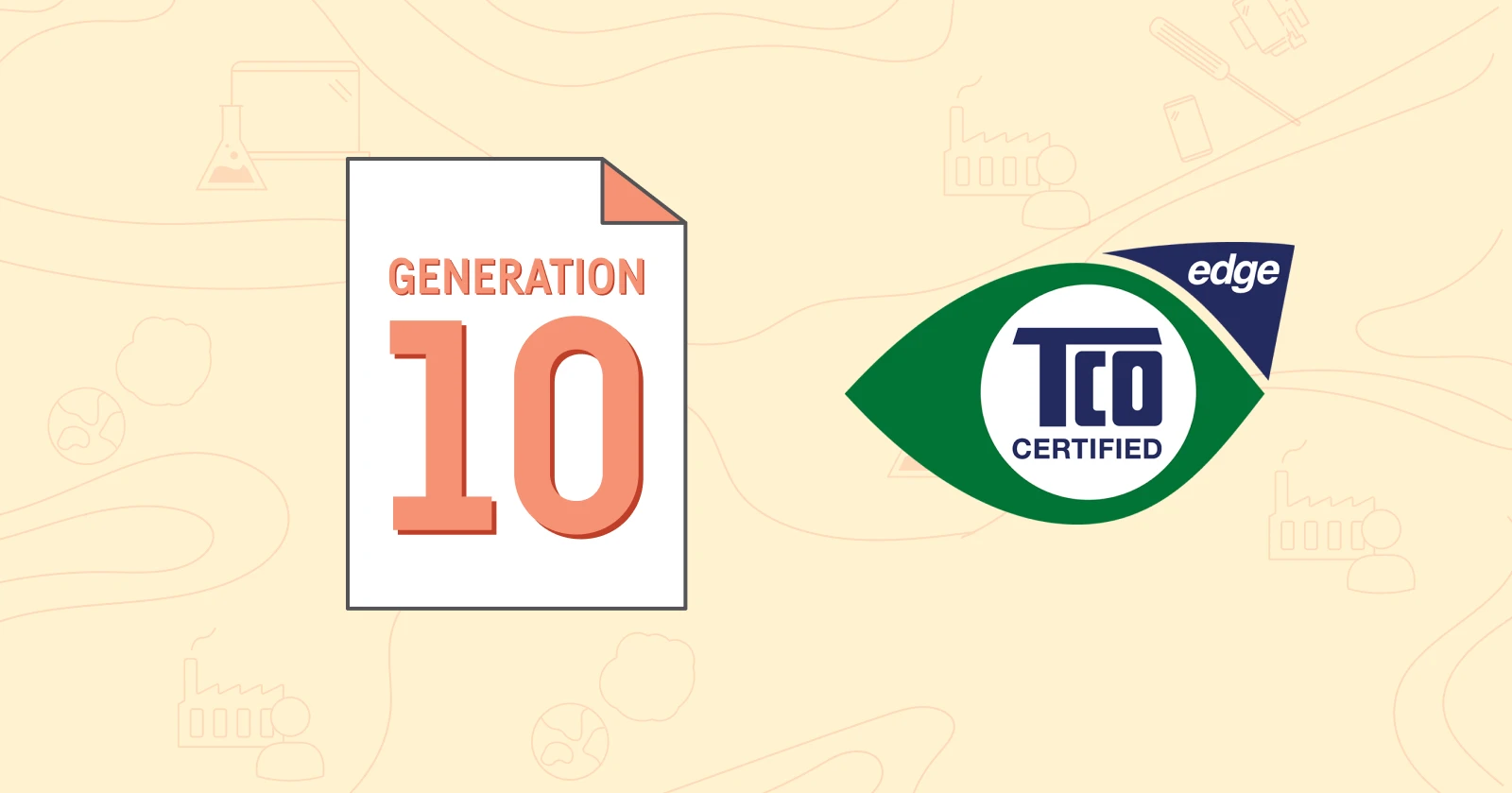The final criteria documents for TCO Certified, generation 9 are now published, and from June 15 brand owners can apply for product certification.
Following two draft and comments periods, the new criteria documents are now published for all existing product categories. From June 15 we are accepting product applications. In December the official launch of TCO Certified, generation 9 will take place, where the first certified products will be publicly announced.
A new generation of TCO Certified is released every three years. We believe this ambitious development cycle is important for driving faster progress in environmental and supply chain responsibility.
TCO Certified, generation 9 is the next level of life cycle sustainability for IT products
If you have questions, you are welcome to contact: Martin Söderberg, Industry Relations Manager, or Andreas Nobell, Development Manager.



